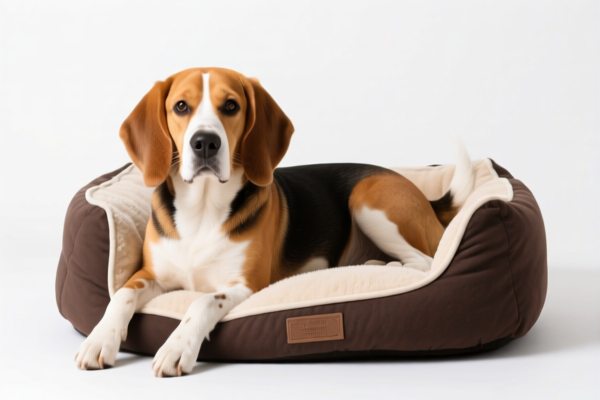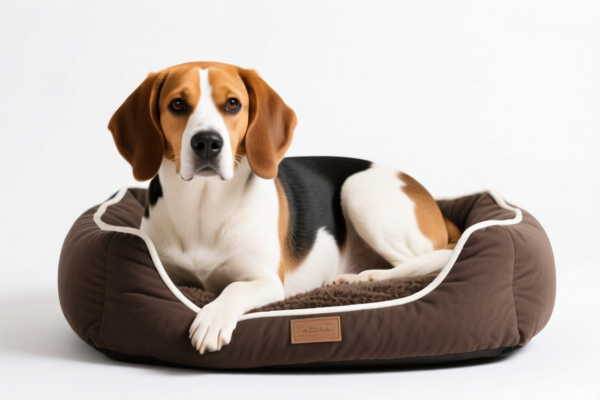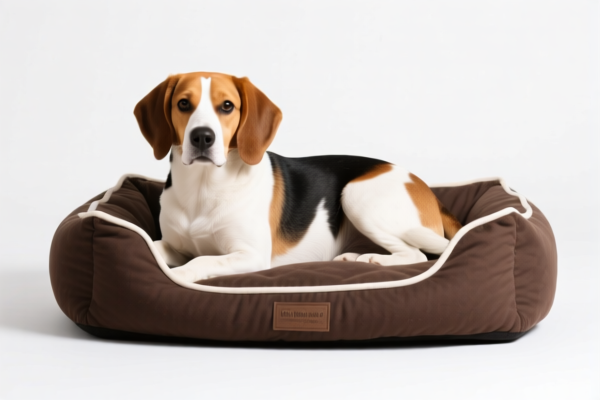| HS Code | Official Doc | Tariff Rate | Origin | Destination | Effective Date |
|---|---|---|---|---|---|
| 6307907500 | Doc | 34.3% | CN | US | 2025-05-12 |
| 9404909670 | Doc | 37.3% | CN | US | 2025-05-12 |




Okay, let's break down the HS codes and tax implications for your "DOG BED" declaration. Here's a structured analysis to help you understand the classification and potential costs:
Understanding HS Codes – A Quick Primer
HS codes (Harmonized System codes) are internationally standardized codes used to classify traded products. They're crucial for determining tariffs, regulations, and trade statistics. The first 6 digits are generally standardized globally, while the last digits can vary by country.
1. HS Code: 6307.90.75.00 – Toys for Pets, of Textile Materials
- 63: Textiles (This chapter covers various textile articles)
- 07: Made up articles, including dress patterns (This narrows it down to finished textile products)
- 90: Other made up articles (This indicates it's a textile article not specifically covered elsewhere)
- 75: Toys for pets, of textile materials (This is the specific classification for your textile-based dog bed, if it's primarily made of fabric, plush, etc.)
- 00: Further specification within the category.
Tax Implications (Based on provided data):
- Basic Duty: 4.3%
- Additional Duty: 0.0% (Currently)
- Additional Duty (Post April 2, 2025): 30%
- Total Tax: 34.3% (Currently) – This will increase to 37.3% after April 2, 2025.
Important Considerations for 6307.90.75.00:
- Material Composition: This code is specifically for textile materials. If your dog bed contains significant amounts of other materials (e.g., wood, metal, plastic), this code might not be accurate.
- Functionality: If the bed is marketed as having orthopedic support or other specific features beyond a simple toy, it could fall under a different classification.
2. HS Code: 9404.90.96.70 – Mattress supports; articles of bedding and similar furnishing (for example, mattresses, quilts, eiderdowns, cushions, pouffes and pillows) fitted with springs or stuffed or internally fitted with any material or of cellular rubber or plastics, whether or not covered: Other: Other: Other Other
- 94: Furniture; bedding, mattresses, support, cushions and similar stuffed furnishings.
- 04: Mattress supports; articles of bedding and similar furnishing.
- 90: Other (This indicates it doesn't fit into the more specific subcategories)
- 96: Other (Further specification within the "Other" category)
- 70: Other Other Other (This is a very broad category, often used for items that don't clearly fit elsewhere.)
Tax Implications (Based on provided data):
- Basic Duty: 7.3%
- Additional Duty: 0.0% (Currently)
- Additional Duty (Post April 2, 2025): 30%
- Total Tax: 37.3% (Currently) – This will increase to 40.3% after April 2, 2025.
Important Considerations for 9404.90.96.70:
- Stuffing/Internal Materials: This code is appropriate if the bed is stuffed with materials like foam, cotton, or other padding.
- Construction: If the bed has a distinct frame or support structure, this code is more likely to be accurate.
- Broad Category: The "Other Other Other" designation suggests a less precise classification. It's important to ensure this is the most accurate code available.
Recommendations & Next Steps:
- Material Review: Carefully review the materials used in your dog beds. The primary material composition will heavily influence the correct HS code.
- Functionality Assessment: Consider the bed's intended use and features. Is it simply a comfortable resting place, or does it offer orthopedic support or other specialized benefits?
- Single Declaration or Multiple? If you have different types of dog beds (e.g., some are primarily textile, others are stuffed), you may need to declare them under separate HS codes.
- Check for Regulations: Depending on the materials used (e.g., if they contain restricted substances), there may be specific import regulations or certification requirements.
- Consult with a Customs Broker: For complex cases or if you're unsure about the correct classification, it's highly recommended to consult with a licensed customs broker in China. They can provide expert guidance and ensure compliance with all applicable regulations.
- Prepare Documentation: Have detailed product specifications, material composition lists, and invoices readily available for customs inspection.
Disclaimer: I am an AI assistant and cannot provide definitive customs classification advice. This information is for general guidance only. Always consult with a qualified customs professional for accurate and up-to-date information.
Customer Reviews
No reviews yet.